
Our child labour prevention training equips buyers and suppliers with the tools and knowledge needed to cascade strong and effective child labour prevention measures down your supply chains, from managing subcontractors and labour agents to in-house age verification and young worker protection. The training can be customised for brand CEOs and representatives, sourcing staff, managers of factories and production sites, HR staff, auditors, production floor managers, community leaders and lower tier actors.
Child labour is increasing, fuelled by post-pandemic hardships, extreme poverty, war, demand for low-cost labour, inefficient auditing etc.
Preventing child labour isn’t just a question of compliance; it has become the law
Human Rights Due Diligence frameworks are making companies responsible for human rights violations, including child labour, in all tiers of their supply chains
Lack of guidance on child-centric remediation; our training closes gaps & helps build robust systems for breaking child labour cycles
Factory top management (0.5 days)
HR and Sustainability Managers (1 day)
Importers, buyers, sustainability and sourcing staff from brands (0.5 days)
Community leaders and lower-tier actors
Our training is customisable and ranges from 2-hour awareness sessions to a full day of training.
To fully understand the underlying causes of child labour and the negative impact on business and society
To strengthen knowledge of responsible recruitment, international and local standards, legal provisions and brand requirements
To learn best practices in responsible recruitment to prevent child labour and how to enforce these practices amongst business partners (service providers, agents, sub-contractors, sub-suppliers)
To possess the know-how to initiate effective child labour prevention mechanisms (e.g. programmes such as child care and after-school centres that can directly prevent children from dropping out of school)
To know how to carry out sustainable and beneficial remediation plans
To strengthen the management, training and monitoring of sub-contractors and sub-suppliers
The training content is tailor-made and adapted to the target group and context of the training. It applies a participatory learning approach where the trainer uses company polices and relevant legislations as the backdrop to the training and includes real-life examples and case studies to illustrate a range of situations and how to handle these. The trainings are interactive, high-energy and active participation is expected from all attendees.
The trainings are customised to clients' specific contexts and requirements, but the content below provides a general overview of the standard topics covered:
Understanding child rights
Identifying child labour
International standards, legal provisions and brand requirements
Strengthening age verification systems
Creating solid systems for child labour prevention and remediation
Child labour remediation: from first response to remediation plan
Creating systems for child labour prevention and remediation for sub-contractors
Effective strategies for managing young workers
Action planning (where applicable)
The participants will be provided with a thorough and actionable training session which will be directly helpful in their daily work. The feedback below refers to training for factory managers and HR teams on child labour prevention and remediation in 35 factories in Bangladesh in 2024.

Contact us. We can help you set up the right format and scale for this training – whether you need support for one, two or a hundred factories or production sites or want an effective awareness session around current child labour risks for senior management. This training is available in all of The Centre’s project countries and also for company executives in Europe and the US.
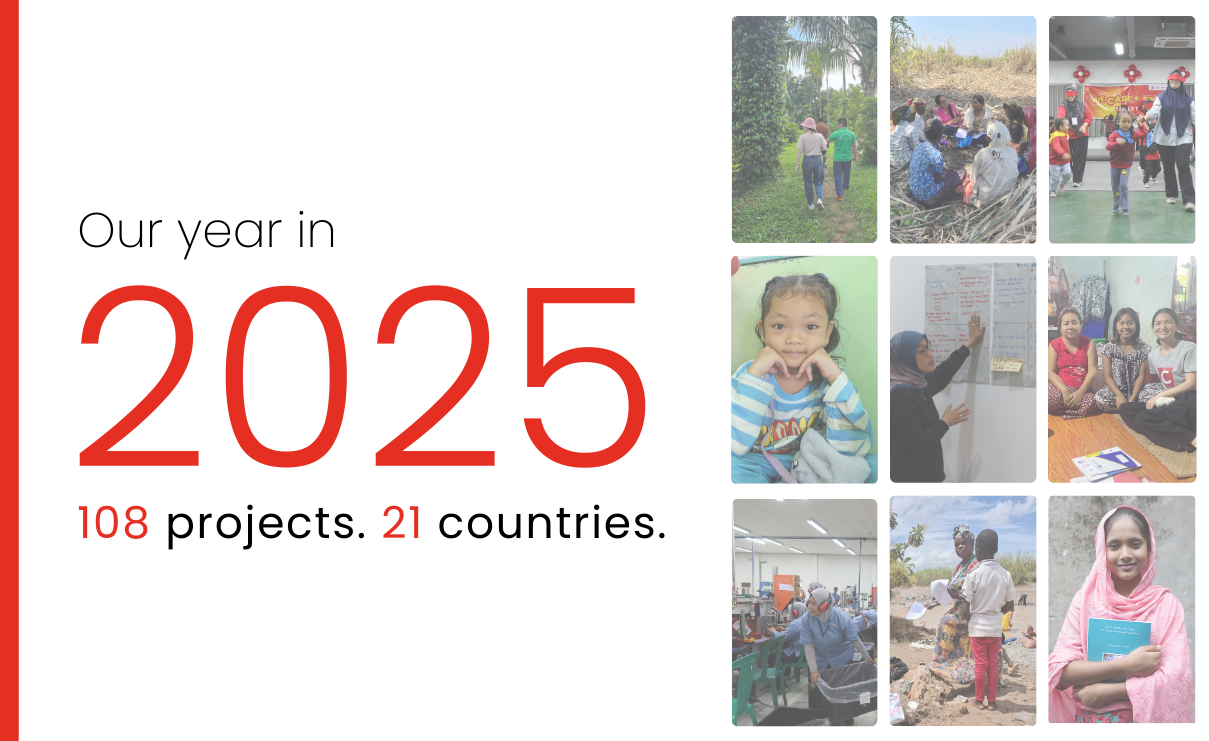

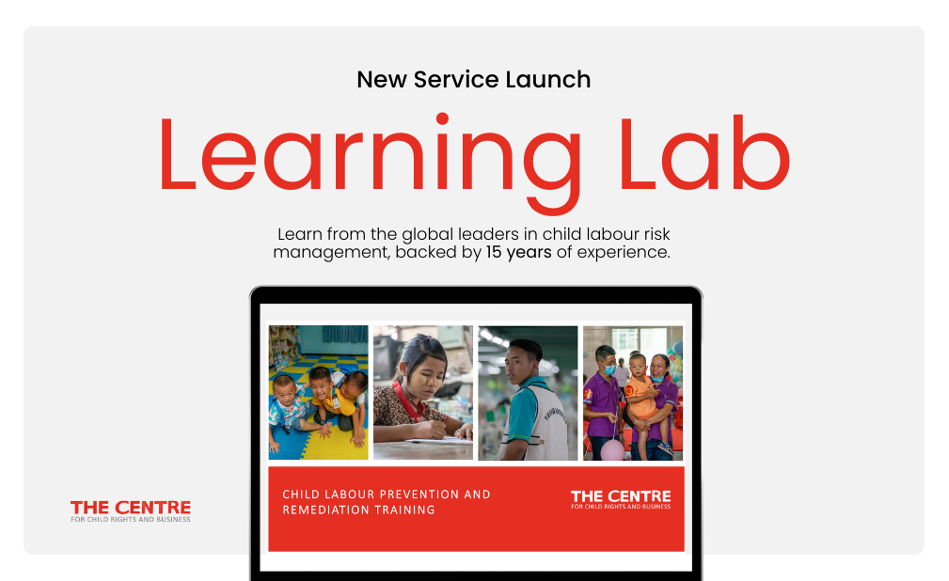

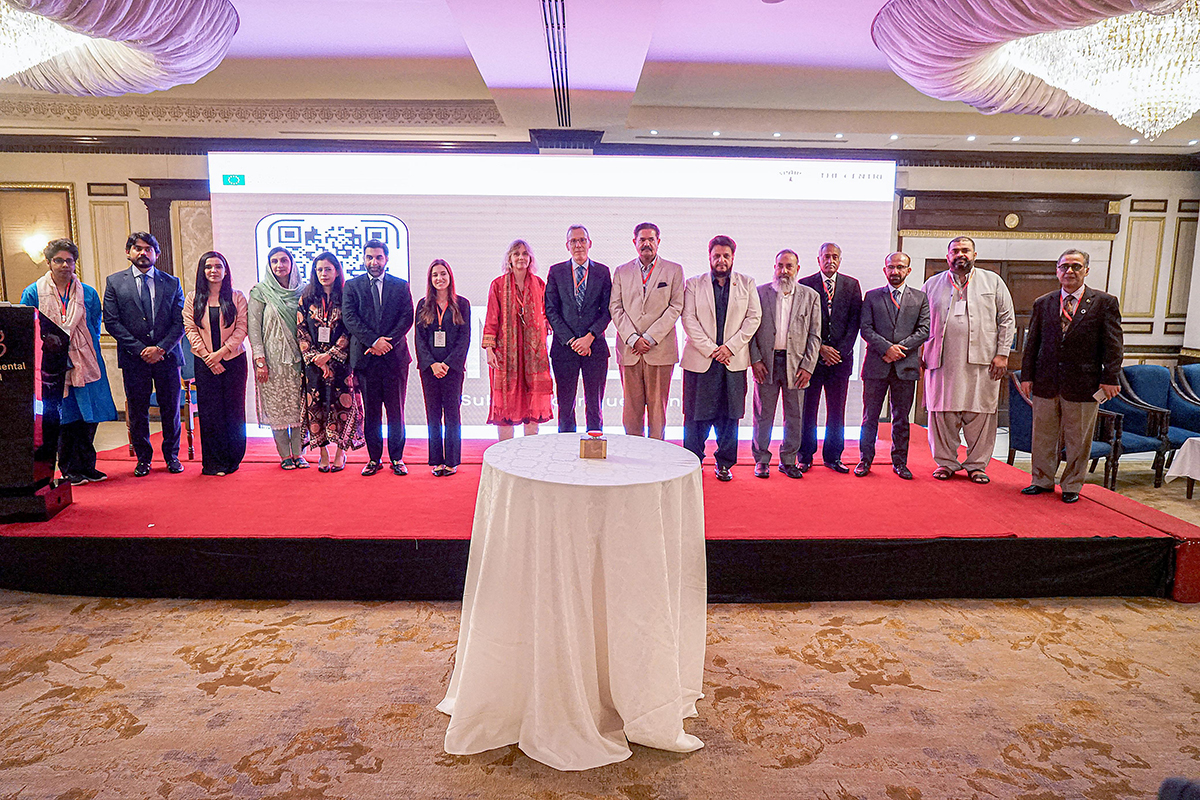

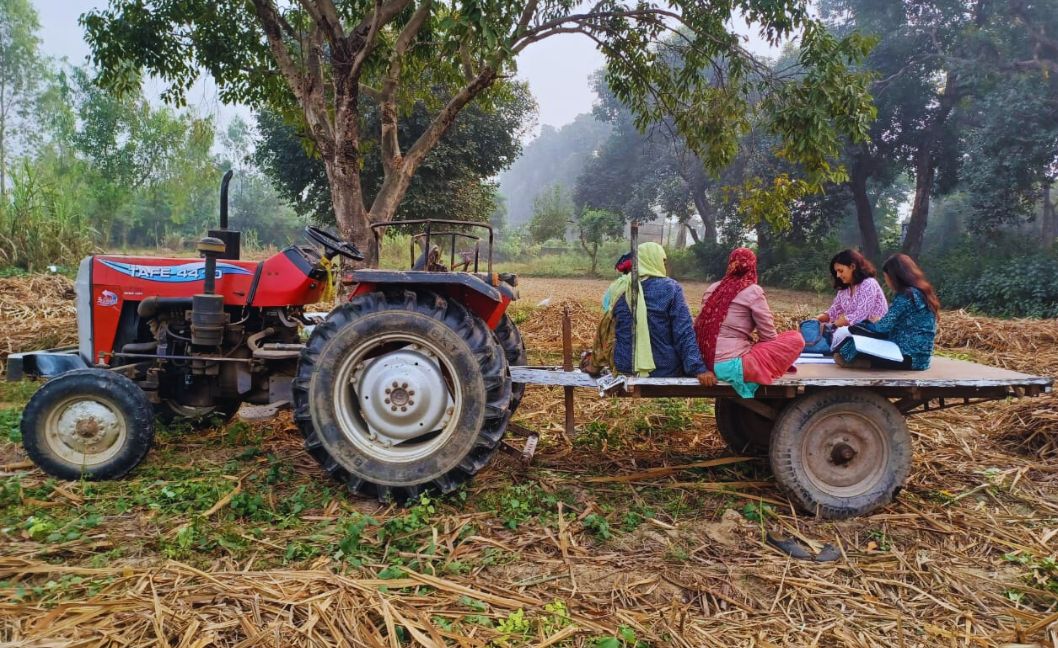

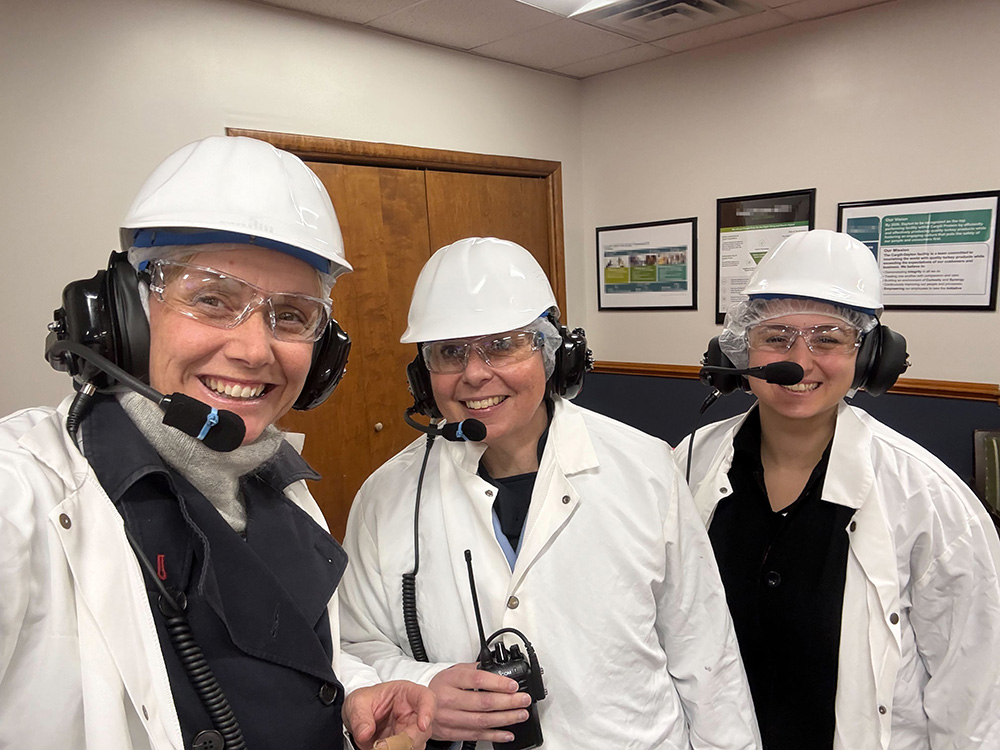

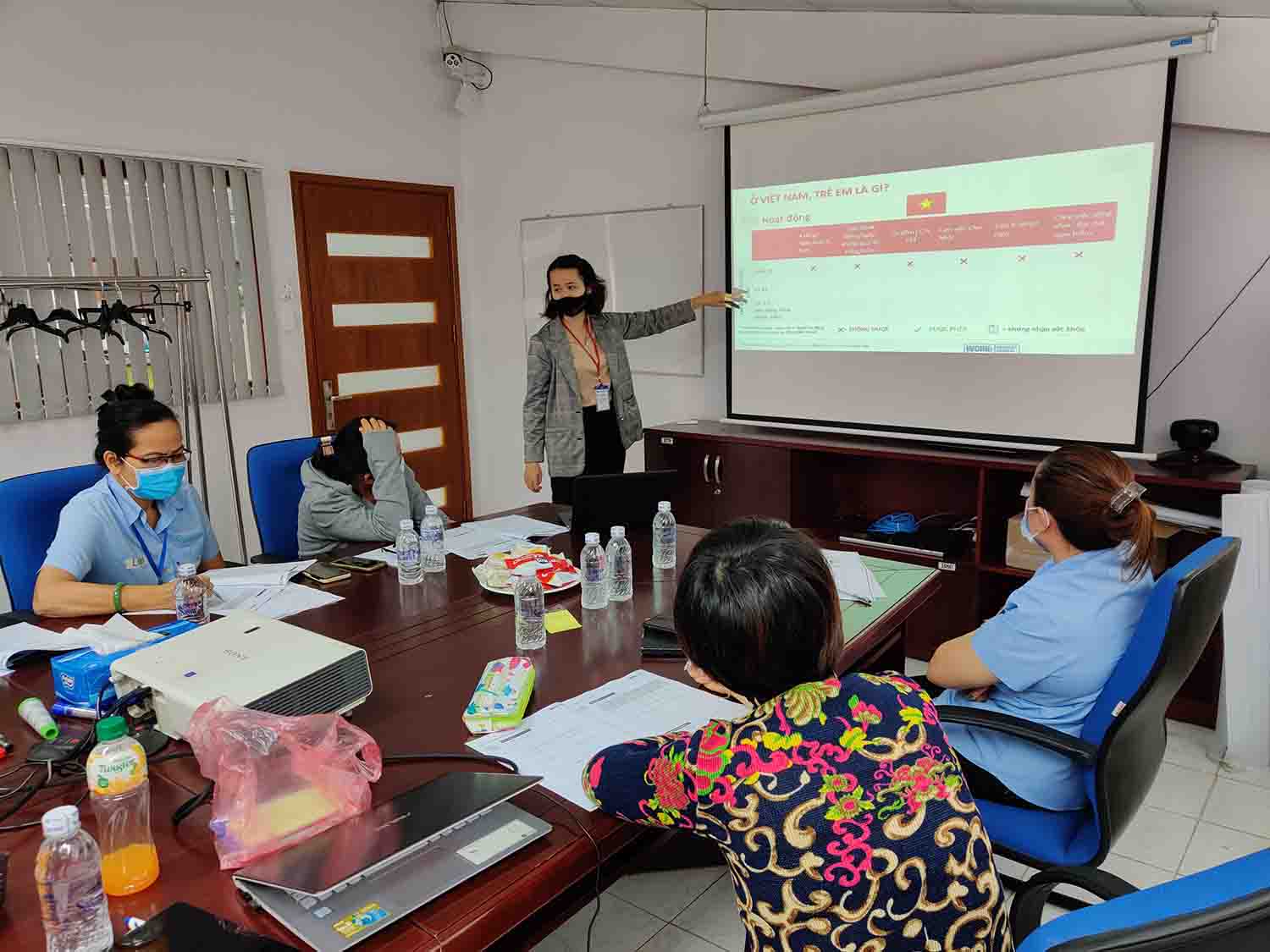

By using this website, you agree to our use of cookies. We use cookies to provide you with a great experience and to help our website run effectively.